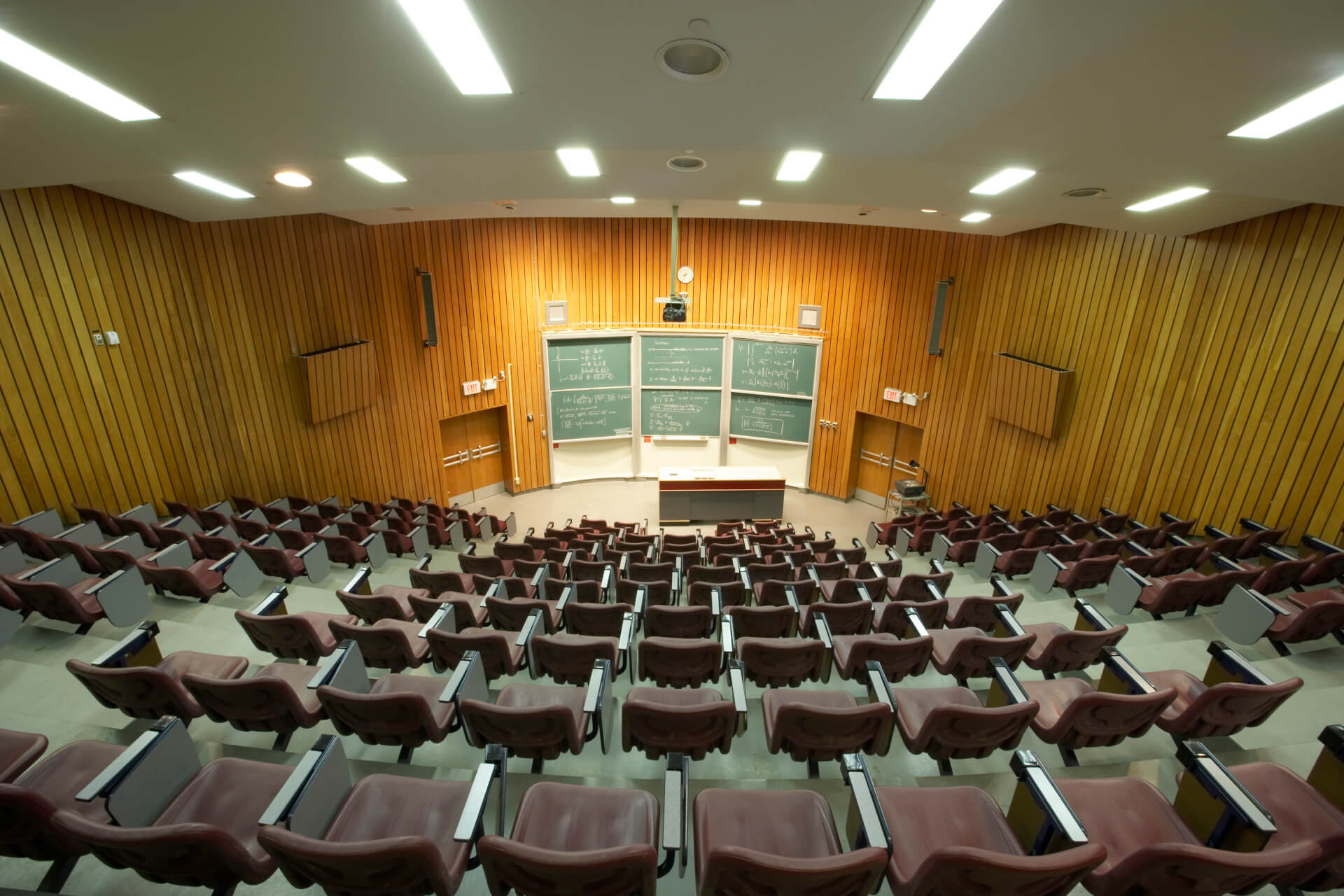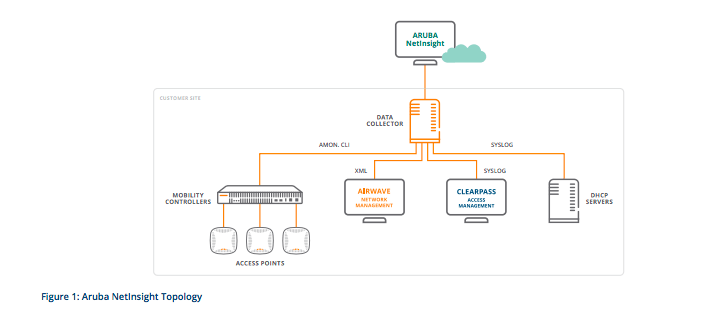Cars drive themselves. Planes have autopilot. But people still run networks. Fortunately, that's rapidly changing. Breakthroughs in artificial intelligence, massive increases in computing power and algorithmic advances are making networks smarter. Ultimately, that makes our digital experiences—and our lives—better.
Improve the Mobile Experience
For decades, IT teams have designed and built networks using their expertise and a robust set of tools. Great people and great tools keep the network running. There's a lot of manual work involved but when it works everyone is blissfully unaware of the complex wireless network that supports their mobile connected experience.
Unfortunately, all too often, devices won't connect to the network, apps are slow and calls drop. Users might call the help desk. In an office, they might complain to their fellow cubicle dweller. In a university, they might rant on social media about the terrible Wi-Fi. Unfortunately, more often than not they may simply suffer in silence, frustrated at their network experience and consequent lack of productivity.
When IT discovers the issue, they are quick to take action. They crack open their digital toolboxes, pore over logs and run copious diagnostic tests. But despite all that effort, they have limited visibility into what was actually happening on the network at the moment the problem occurred. The data collected shows only a small slice of time.
There is a better way. Advanced network analytics can give IT continuous—and better—visibility into the mobile experience. Network automation allows issues to be addressed swiftly and even proactively. But before we let the machines run the networks, IT managers need full confidence that results are better than what humans can do. Recommendations must be spot on. Automated actions cannot break the network.
Actionable Guidance
A large wireless network is a complex, dynamic system. Different environments—office buildings, dorms, classrooms and stadiums—have their own characteristics. People and things move around. Large numbers of people may crowd into the same space, then dissipate minutes or hours later.
But what if you could classify different environments, and then determine if your network is delivering the best possible experience for that specific environment?
 Let's use a college auditorium as an example. Real-world data can be collected and abstracted from the best-performing auditorium networks at colleges and universities around the world. That abstracted metadata can be sent to the cloud and analyzed to create composite models for different environments. By analyzing massive amounts of data, the characteristics of the most problematic and best-performing networks can be discerned.
Let's use a college auditorium as an example. Real-world data can be collected and abstracted from the best-performing auditorium networks at colleges and universities around the world. That abstracted metadata can be sent to the cloud and analyzed to create composite models for different environments. By analyzing massive amounts of data, the characteristics of the most problematic and best-performing networks can be discerned.
Now your auditorium Wi-Fi configuration isn't just based on the knowledge of a handful of network experts, but on the knowledge of hundreds or thousands of experts—and backed by real operational data. And you can even see the before-and-after views to see whether the recommendations actually improved the user experience.
Advanced Analytics for a Mobile-First Campus

That's exactly what machine learning-based network analytics can do for you.
We are at the beginning of an exciting era of machine learning and network automation, and we believe that as network operators see the power of network analytics to improve the user experience, they will turn over the keys, sit back and let the network do the driving.
Learn More
Read the blog "Cars drive themselves. Planes have autopilots. Why do we still need people to run networks?"




